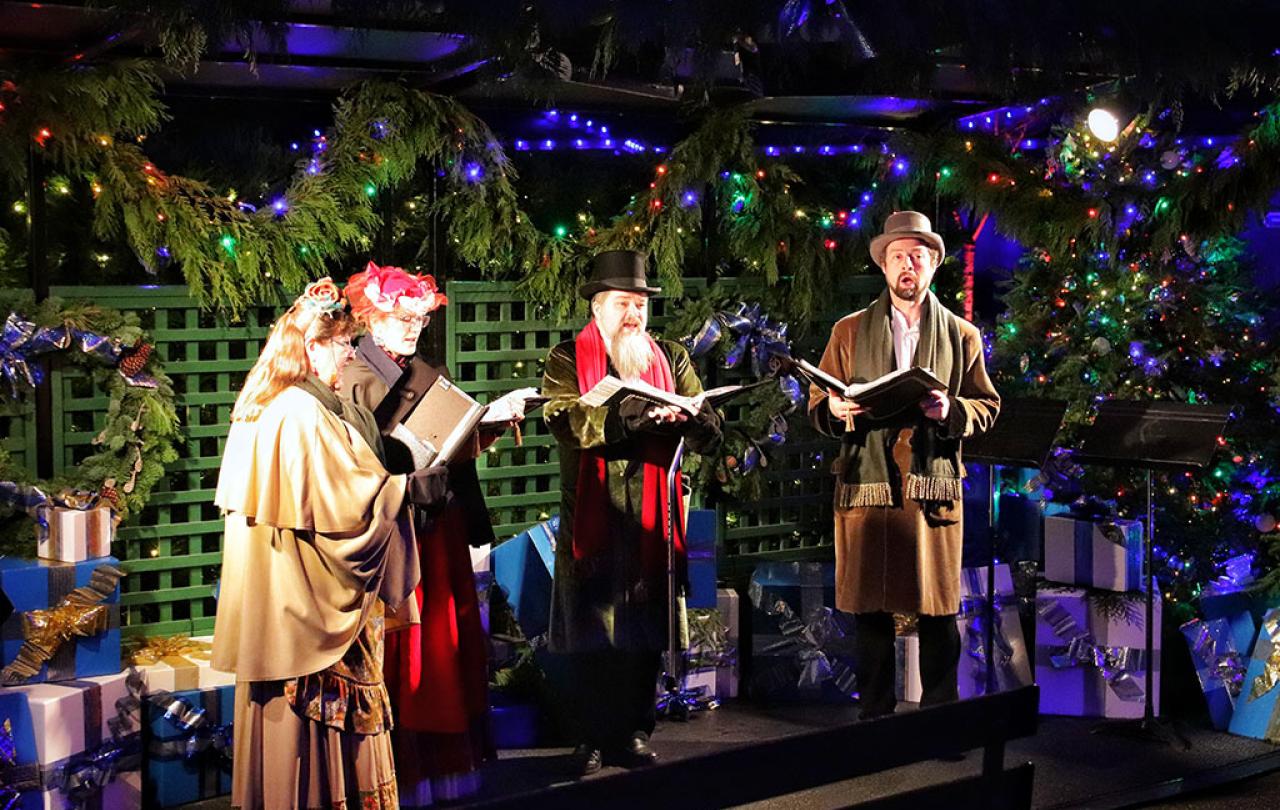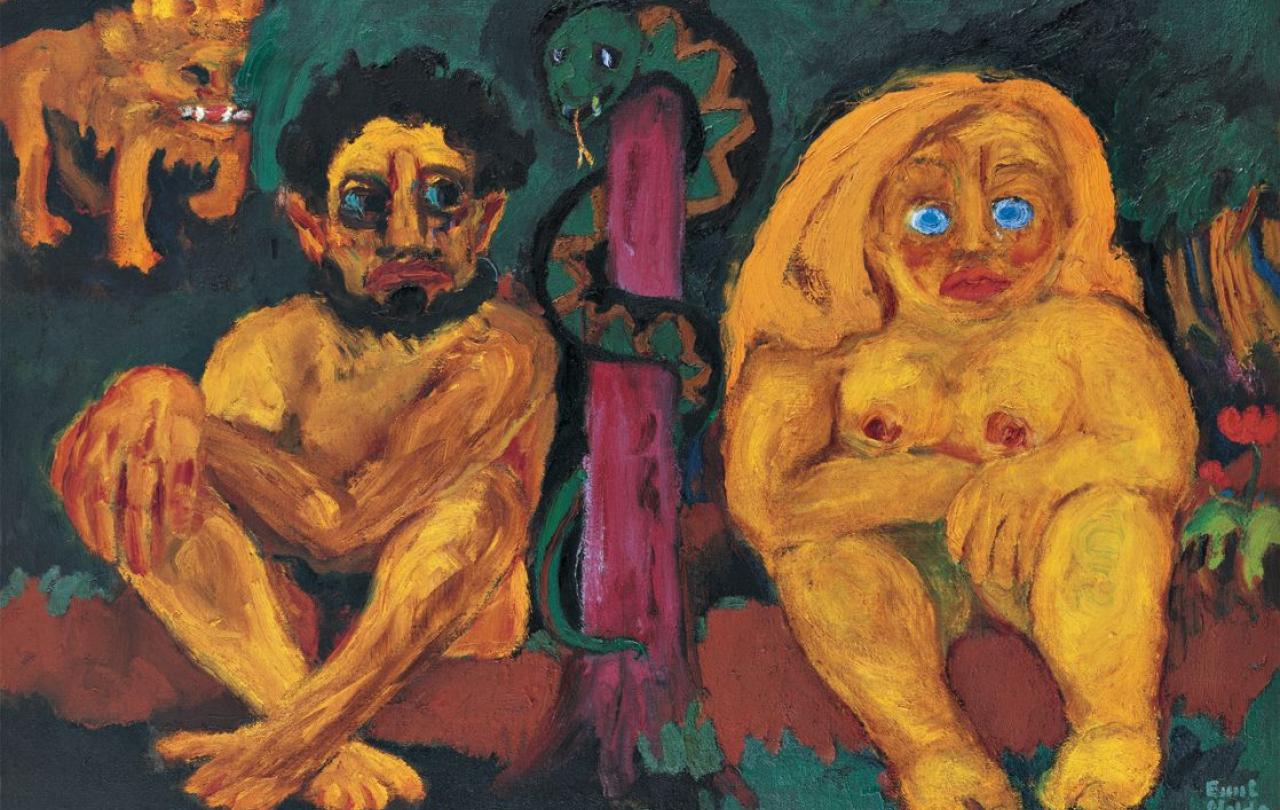
Carols are one of the best loved features of Christmas celebrations and one of the most effective means of spreading the good news of the birth of Jesus, the Saviour of the world. In addition to their clear proclamation of the doctrine of incarnation, that God has taken on human form and come to dwell among us, some of our most popular carols may also have been written to convey further hidden messages.
Take ‘O come, all ye faithful’, for instance. On the surface it seems a straightforward hymn of adoration to the newborn Christ but in fact historians suggest that it may well have been written in its original Latin form, ‘Adeste, fideles,’ as a coded message to rally Jacobites to the cause of Bonnie Prince Charlie on the eve of his rebellion against the British crown in 1745. The man generally reckoned to have been its author, John Francis Wade, was a fervent supporter of the Jacobite cause who seems to have written it while he was plain-chant scribe at the English Catholic college in Douai, France where a weekly Mass was celebrated for the return of the Stuarts to the British throne.
Half hidden Jacobite images, including Scotch thistles and the Stuart cypher, appear in the earliest manuscripts of the carol. Its call to ‘the faithful’ may have had a double meaning and been intended to alert the supporters of the ‘King over the water’ to Charles James Stuart’s imminent arrival in Britain from the continent. Similarly, its reference to ‘Rex angelorum’, translated as the King of the Angels, could also be taken to mean the true king of the English in contrast to the Hanoverian incumbent, George II. In its original Latin form, the carol seems initially to have been sung only in Roman Catholic places of worship, notably in the chapel of the Portuguese Embassy in London and its tune was long known as the Portuguese Hymn.
Another well-known Christmas song may contain similarly coded messages. It has been suggested on the basis of letters from Jesuit priests attached to the English college in Douai, France, that that ‘The Twelve Days of Christmas’ was written to teach the elements of the Roman Catholic faith to children during the period following the Reformation in which it was officially proscribed and suppressed in the United Kingdom. In this reading, the twelve drummers drumming are the articles of the Apostle’s Creed; the eleven pipers piping the faithful apostles; the ten lords a-leaping the ten commandments; the nine ladies dancing the fruits of the Holy Spirit; the eight maids a-milking the beatitudes; the seven swans a-swimming the seven sacraments of the Catholic church; and the ‘five gold rings’ the five wounds of the crucified Christ.
A hidden message of a rather different kind may be lurking in another popular carol, ‘Angels from the Realms of Glory’, which first appeared in a radical Sheffield newspaper entitled The Iris on Christmas Eve 1816. Its author, James Montgomery, the paper’s editor, was twice imprisoned for his support of the French Revolution and reform riots in Britain. The original last verse, which described Justice repealing the sentences of those sentenced to imprisonment and Mercy breaking their chains, was regarded by the authorities as too polemical and subversive did not find its way into any hymn book when the carol was taken up and sung in churches.
A carol with a more overtly contemporary message is ‘It came upon the midnight clear’. Its author, Edmund Sears, who claimed descent from one of the original Pilgrim Fathers, was a Unitarian minister in Massachusetts with a deep commitment to social reform and the promotion of peace. He wrote it in 1849, following the violent revolutions in Europe and the bloody and costly war between the United States of America and Mexico in the previous year. These conflicts were undoubtedly in his mind when he wrote ‘O hush the noise, ye men of strife, and here the angels sing’ and expressed his heartfelt longing for a future age of gold ‘when peace shall over all the earth its ancient splendours fling’, sentiments which we can certainly echo this Christmas.
The German carol Stille Nacht (Silent Night), which regularly tops the list of the world’s favourite Christmas song, underwent several adaptations through the twentieth century expressing the changing political mood in Germany. A Socialist version entitled ‘The Workers’ Silent Night’ which circulated widely around 1900 highlighted the prevailing poverty, misery and distress and ended with an appeal to wake up to social action rather than sleep in heavenly peace. It was considered subversive and banned by the German Government before the First World War. During that war, German soldiers on the front adapted Stille Nacht to express a sense of homesickness and in the period of rampant inflation that followed in the 1920s Weimar Republic a social democratic version asked plaintively: ‘in poverty, one starves silently,/When does the saviour come?’. A 1940 Nazi adaptation turned the song into a celebration of the fatherland and traditional German family values. More recent parodies of the English version have tended to focus on the commercial aspects of the festive season, like the American author Chris Fabry’s send-up of last minute Christmas shopping: ‘Silent Night, Solstice Night, All is calm, all half price’.
The tradition of adapting traditional Christmas carols to contemporary events has a long pedigree in Britain. ‘Hark, the herald angels sing’ has proved particularly appealing to parodists. During the abdication crisis of 1937 a version circulated which began ‘Hark the herald angels sing, Mrs. Simpson’s pinched our king’ and a group of journalists (of which I was one) heralded the birth of the SDP in 1981 with ‘Hark The Times and Guardian roar, Glory to the Gang of Four’. It is rarer to hear parodies of carols nowadays. Perhaps in our troubled times we just want and need to focus on their message of the coming of the Christchild and of God’s kingdom with its promise of a more peaceful and joyful world.





